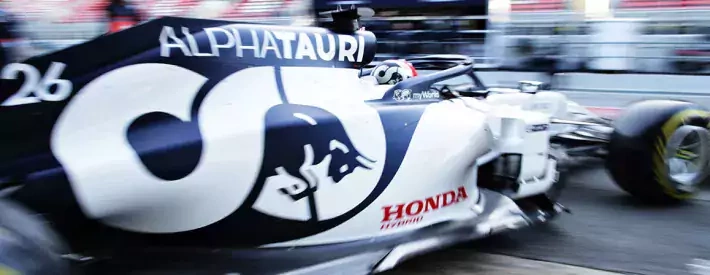How it works: eTurbo

Industry expert Tom Denton explains how eTurbocharger technology works and how it could bring huge benefits to passenger cars
The ultimate goal may be to get rid of combustion engines, but in the medium term the automotive industry will almost certainly turn to small, turbocharged, high-performance engines to improve vehicle efficiency.
These highly responsive units are already a common feature in plenty of modern hybrids. That’s why Garrett Motion and Mercedes-AMG are in the final stages of developing something called an eTurbo to help vehicle manufacturers meet the challenges of increased performance, energy efficiency and stricter emission targets.
The eTurbo looks set to build on the work of a standard turbocharger, which works by forcing more air into the engine cylinders, allowing a small engine to perform like a big one. The problem with this method is turbo lag, which the driver notices as a hesitation or slower response when accelerating. It occurs because it takes time for the exhaust system to spin up the turbine that drives the compressor. Superchargers, on the other hand, do not suffer from lag because the compressor is driven by the engine itself. However, a supercharger does not make use of the waste energy from the exhaust system like a turbocharger does.
On modern turbos, lag is reduced by using a larger turbo than is strictly needed. The level of performance is regulated by the wastegate which controls the amount of exhaust used and hence the amount of boost. Other innovative designs such as variable geometry turbines can also improve the overall efficiency and performance.
Excitingly, the eTurbo consists of a turbocharger that achieves speeds of up to 170,000rpm, pushing the industrial limits for high-speed electric motors. Garrett is currently putting together the electronic hardware and the control software to support that motor, which must operate perfectly in extreme temperatures between the two wheels of the traditional turbo setup.
Fitting a motor between the turbine and the compressor is a game changer. The electronic control system uses pretty much the same sensors as the engine management system, but it uses that information to drive the compressor, which kicks in instantly when needed and stops once the exhaust gases acting on the turbine take over. A wastegate, also under electronic control, is still used to limit the maximum boost.
The idea behind the eTurbo has already been put into practice in the world of Formula 1, where it’s known as ERS (energy recovery system). The eTurbo could now offer road cars the benefits of turbocharging without the drawbacks associated with lag, so it’s a technology that could have a big role to play when the rollout begins.
This is an edited extract from IMI's new MotorPro magazine, received free as part of IMI membership. Time to find out more about becoming a member of the most influential community in UK automotive…?




